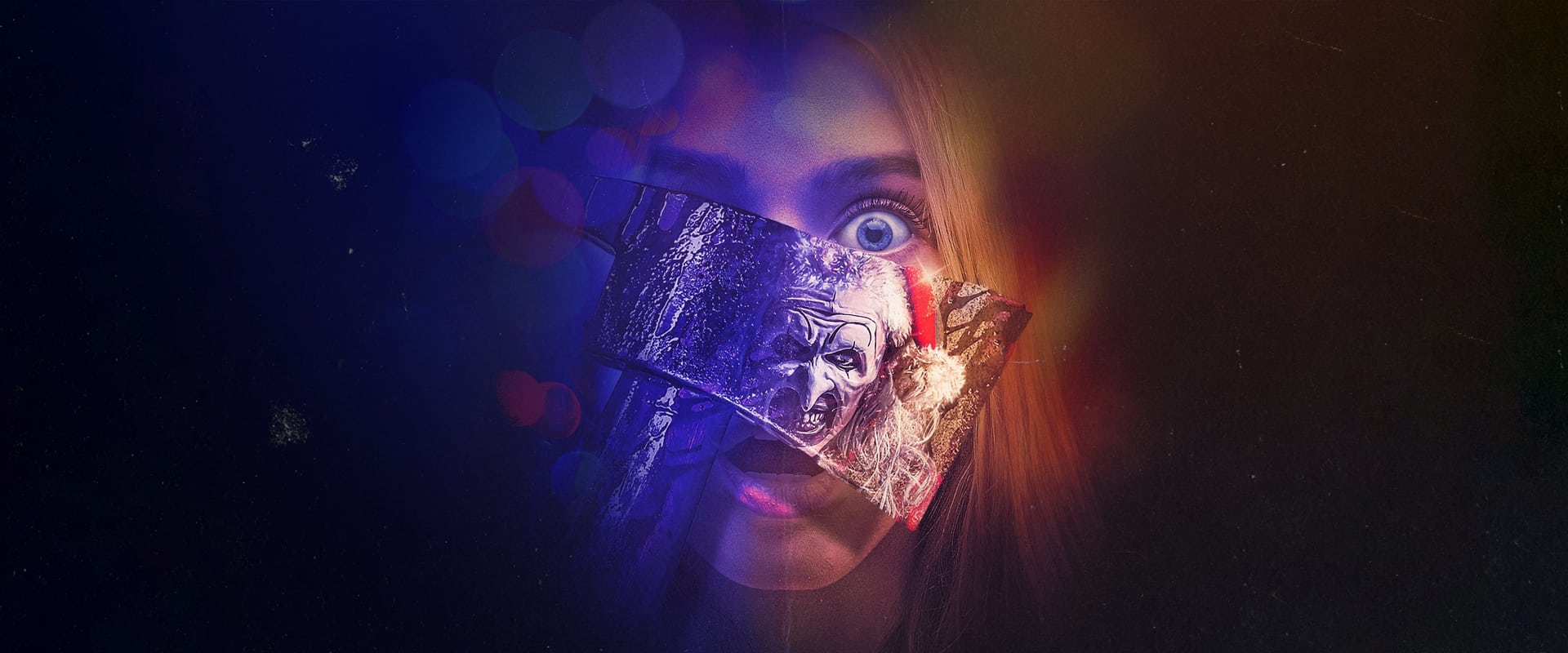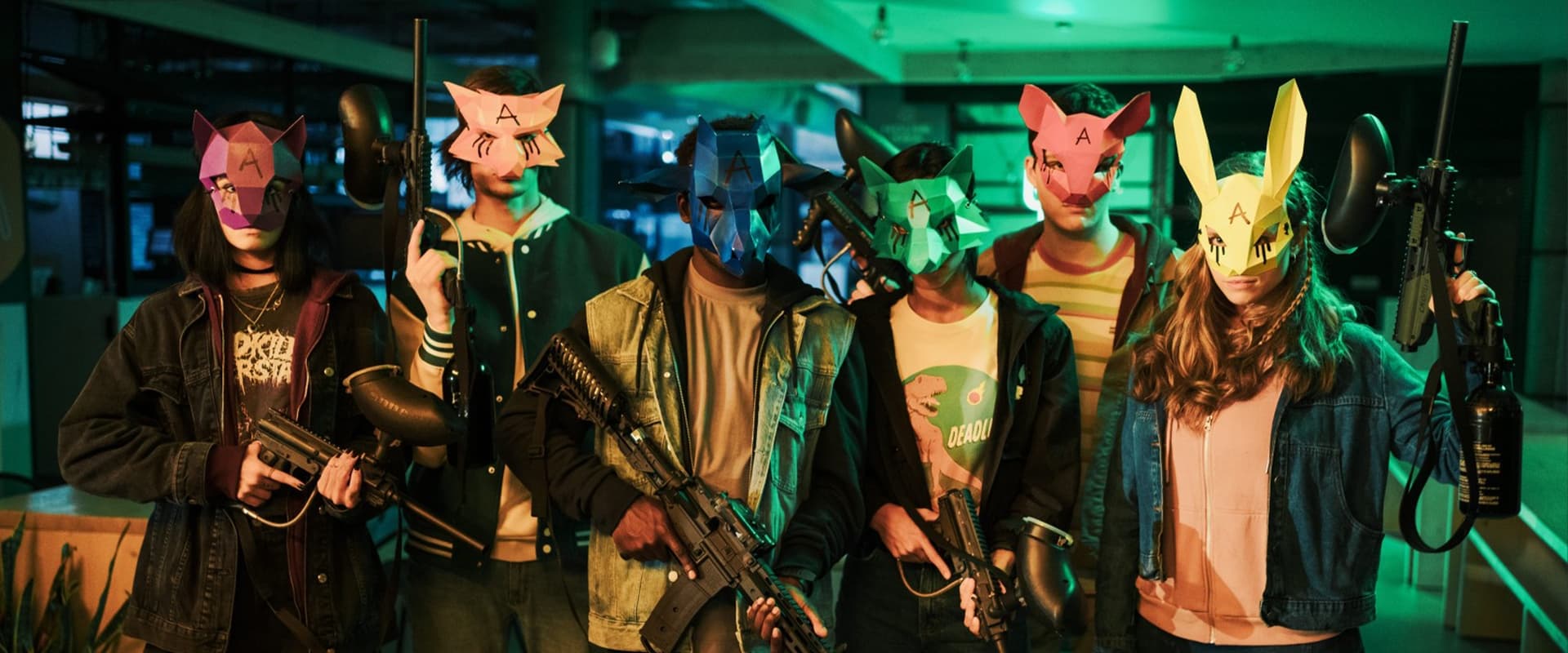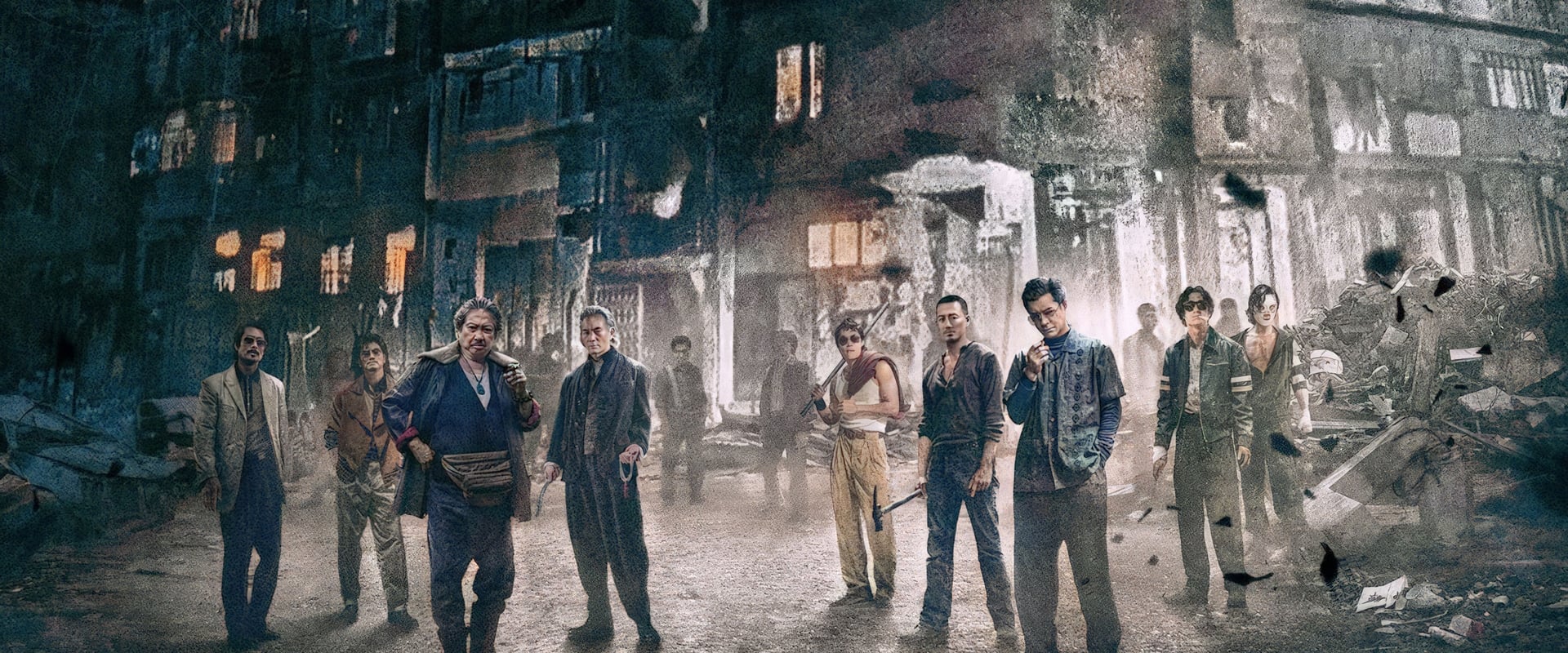There’s a peculiar pleasure—equal parts guilt, shock, and something close to glee—in tumbling headlong into a franchise you’d once dismissed as the province of adolescent gorehounds and basement-dwelling sadists, only to find—three blood-soaked entries later—that what you’d mistaken for mere carnage is, in fact, a nastily enchanting, almost romantic ode to cheerful misanthropy. With “Terrifier 3,” Damien Leone doesn’t so much revive his series as he yanks the franchise’s twitching corpse onto center stage, spangles it in tinsel, and hands it a candy cane shiv—a yuletide pageant for those of us who like our eggnog spiced with hemoglobin.
I arrived, admittedly, an outsider—someone who’d kept Art the Clown at arm’s length, backed away from the whispered promises of ‘unwatchable’ gore and serial eviscerations, the kind of spectator who mutters “not for me” and tucks into something safer. And yet, resistance is a muscle easily worn out. One delirious binge later, mainlining all three films in a single, queasy sitting, I found myself altered—converted, if not to the church of splatter then at least to its back pew, grinning and vaguely nauseated as “Terrifier 3” rolls out its Christmas carpet of carnage.
Five years after the second film’s berserk massacre, Leone puts away the grand myth-mongering and gives us something sharper, lonelier: a meditation on survival, with a side of sleigh bells. In Sienna—Lauren LaVera is all open wounds and battered hope—we finally have a final girl permitted to flinch, to break a little in the aftermath. Leone, God bless him, refuses to let her off easy; survival here comes with a residue that won’t scrub away. LaVera’s face carries the fatigue and flickering stubbornness of someone who’s peered behind the curtain and didn’t care for what she saw. She’s not just the reluctant warrior—you feel the toll, the day-after toll the genre usually hides. A rare treat, seeing a scream queen as a person and not just a mannequin primed for torture.
But it’s in Victoria Heyes’s homecoming—no longer a loose end but Art’s devoted handmaiden—that Leone cements his reputation as our patron saint of filth and moral confusion. “Terrifier 3” offers up the perverse delight of watching the archetypes rot; when final-girl piety is undone by the ascension of a fresh female accomplice, Leone is daring us to admit how much we love to watch the world burn. The real horror isn’t what happens onscreen but the giddy solidarity we feel in the dark—Leone’s mischief lies in making us co-conspirators.
And what of Art himself? David Howard Thornton’s silent assassin is horror gone vaudeville—equal parts Buster Keaton and Jack the Ripper. He obliterates the line between physical comedy and splatter, each pantomimed kill landing somewhere between a spit-take and a bloodletting. Art is the clown-as-metaphysical threat: you want to laugh, you want to duck, you do both, and are left, perversely, wanting more.
For those worried about their delicate constitutions: rest assured, no intestine is spared, but neither is any sense of self-seriousness. Leone’s effects team turns mutilation into grand guignol burlesque—a funhouse variety show where practical gore is so extravagantly artificial that even the squeamish might feel left out if they refuse to giggle between the spasms. I watched on a full stomach—no harm done. “Terrifier 3” proves once again that violence, at such hysterical excess, is not realism but choreography; it’s Busby Berkeley with buzzsaws.
And yet, with all this sangfroid, Leone plants a single, queasy seed of restraint—a line, and it’s thick, blood-red, and never crossed: violence against children remains just out of frame. We glimpse, we intuit, but we do not see. The dread is what we invent, not what is painted across the screen. For a director so gleefully amoral, this holds the weight of a confession. The anxiety lingers—what goes unwitnessed festers, disturbing us long after the credits fade. In a genre that so often paws at taboos without consequence, “Terrifier 3” invites us to look—and then shames us for whatever our imaginations supply. That ache in the stomach isn’t just nausea, it’s the aftertaste of complicity.
But the real stroke—the top-hatted, jack-in-the-box reveal—is Leone’s Christmas setting. The slaughter glows with holiday cheer: snow, baubles, the powdery white of drifts marred by arterial spray. It’s a corruption of joy so pure it achieves a kind of backhanded loveliness; the film has the indecency to make carols and carnage dance cheek-to-cheek. Under those twinkling lights, terror and delight trade masks—childhood, nostalgia, violence—they’re all just different flavors of the same forbidden candy.
What remains, after all the shrieks and spurting, is the film’s self-knowledge, its winking at the audience. Every so often the laughter breaks through, not as release but as challenge: are you entertained, or merely enduring? Is Art the Clown your catharsis, or your mirror? Leone, a proper trickster, ensures you never really know. Some jokes are funny only because no one else is laughing—a howl in the darkness as survival strategy.
“Terrifier 3” will be chicken soup for the gorehounds, but for the rest of us—those inclined to peer through parted fingers—it gnaws, and not just at the viscera. It needles at your sense of safety, your willingness to be amused, your appetite for spectacle and shame. Leone’s film doesn’t merely slap you with viscera, it offers up your own nervous laughter for examination—and dares you to weep, or maybe just wink, in return.
If I stumbled in as a tourist, I stagger out changed—haunted by the series’ audacious gall. “Terrifier 3” isn’t afraid to tuck its knife under the festive tree and call it a gift: a celebration of boundaries breached, of genre expectation twisted into sly commentary. Leone’s greatest provocation is that the horror isn’t simply in what you see, but in what you’re forced to feel—and think—after.
Should you screen this for your Christmas gathering? Maybe only if your family enjoys a little holiday existentialism with dessert. Keep the knives out of reach, and don’t blink if Art the Clown winks back at you from the flicker of the fireplace.
In the end, “Terrifier 3” manages something rare: it scrapes away the too-easy line between pleasure and revulsion, joke and terror, holiday cheer and doom. Like any good ghost of Christmas future, it asks not whether you screamed, but whether you liked it. And if you did—well, the joke is on all of us, and that’s the most unsettling punchline of all.


